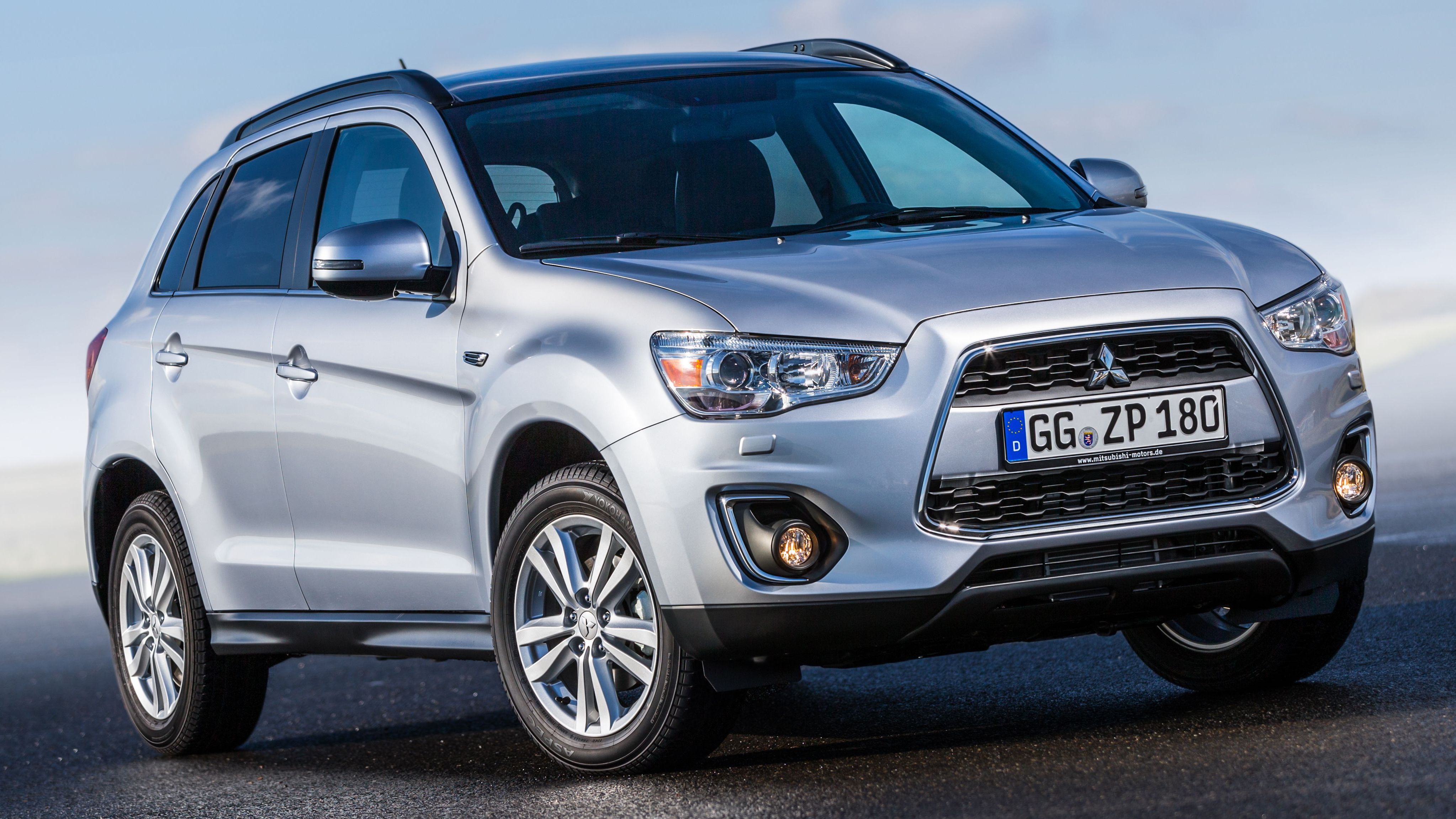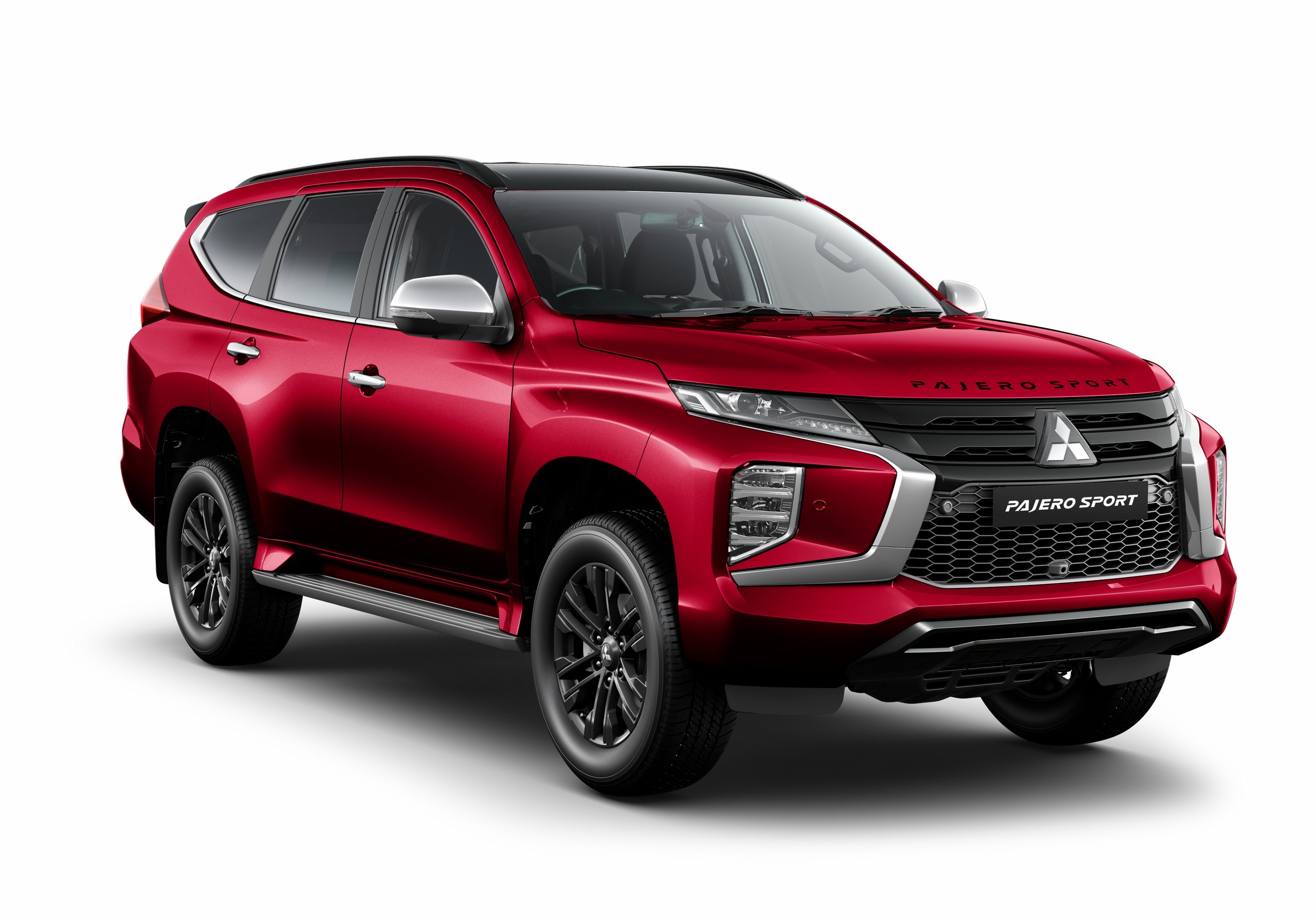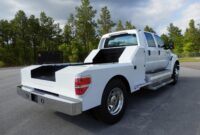Mitsubishi Pickup Truck USA: A Legacy, An Absence, and The Future sale.truckstrend.com
The landscape of pickup trucks in the United States is dominated by familiar giants: Ford, Chevrolet, Ram, and Toyota. Yet, for a significant period, another name quietly carved out its niche, offering a more compact and economical alternative: Mitsubishi. While the idea of a new Mitsubishi pickup truck rolling off dealership lots in the USA might seem like a distant dream today, the brand boasts a rich, albeit interrupted, history in the American light truck market. This article delves into the past, present, and hypothetical future of Mitsubishi pickup trucks in the USA, exploring their legacy, the reasons for their current absence, and the slim possibilities of a return.
A Look Back: The Mighty Max and Mitsubishi’s Pickup Heritage in the USA
Mitsubishi Pickup Truck USA: A Legacy, An Absence, and The Future
Mitsubishi’s entry into the US pickup truck market began in the late 1970s, primarily through a badge-engineering agreement with Chrysler. The first Mitsubishi-built compact pickup to arrive on American shores was sold as the Dodge D50 (later Ram 50) and Plymouth Arrow Truck, starting in 1979. These trucks, which were essentially rebadged versions of the global Mitsubishi Forte (L200/Triton), quickly gained a reputation for their ruggedness, reliability, and fuel efficiency – qualities highly valued during an era of rising gas prices.
By 1982, Mitsubishi Motors established its own sales network in the USA, and the truck was rebranded and sold directly as the Mitsubishi Mighty Max. The Mighty Max, available in various configurations including two-wheel drive, four-wheel drive, standard cab, and later extended cab versions, became a popular choice for those seeking a practical, no-nonsense utility vehicle. It competed directly with other compact pickups of the time, such as the Toyota Hilux (later Tacoma), Nissan Hardbody, and Mazda B-Series.
The Mighty Max enjoyed a decent run through two generations, known for its durable engines, respectable payload capacity for its size, and straightforward design. However, as the 1990s progressed, the American market began shifting towards larger, more powerful, and feature-laden full-size and mid-size trucks. Coupled with increasing competition and evolving regulatory standards, Mitsubishi made the strategic decision to discontinue the Mighty Max in the US after the 1996 model year. This marked the end of Mitsubishi’s direct presence in the American pickup truck segment, leaving a void for brand enthusiasts.
The Global Success Story: The Mitsubishi L200/Triton
While the Mighty Max vanished from American showrooms, its international counterpart, the Mitsubishi L200 (also known as the Triton in some markets like Australia and Thailand), continued to thrive globally. The L200/Triton has evolved through multiple generations, becoming one of Mitsubishi’s best-selling vehicles worldwide. It is a cornerstone of the brand’s lineup in Asia, Oceania, Europe, Africa, and South America, celebrated for its:
- Robust Off-Road Capability: Known for its Super Select 4WD-II system, which offers various driving modes for diverse terrains, making it a favorite for work and adventure.
- Reliability and Durability: Built to withstand harsh conditions and heavy use, a hallmark of Mitsubishi’s engineering.
- Versatility: Used extensively as a workhorse for agriculture, construction, and commercial fleets, as well as a popular choice for recreational activities and family transport.
- Modern Design and Features: Contemporary L200/Triton models boast comfortable interiors, advanced safety features, and infotainment systems, making them competitive in their respective markets.

The L200/Triton’s continued success abroad often sparks curiosity and disappointment among American truck enthusiasts who observe its capabilities and wonder why such a proven vehicle isn’t available in their home market.
Why No New Mitsubishi Pickup in the USA? Unpacking the Reasons
.jpg)
The absence of a new Mitsubishi pickup truck in the USA is not due to a lack of capability or global appeal, but rather a complex interplay of economic, regulatory, and market factors.
The "Chicken Tax": A Major Barrier
Perhaps the single biggest hurdle preventing the Mitsubishi L200/Triton (or any other foreign-built light truck) from being competitively sold in the US is the infamous "Chicken Tax." This 25% tariff on imported light trucks was imposed in 1963 by President Lyndon B. Johnson in retaliation for European tariffs on American chicken imports.
This tax significantly increases the cost of any foreign-assembled light truck, making it extremely difficult for manufacturers to price them competitively against vehicles produced domestically or within NAFTA/USMCA countries. For instance, while a Toyota Tacoma or Nissan Frontier might be assembled in Mexico or the US, avoiding the tariff, a Mitsubishi L200 imported directly from Thailand (where it’s predominantly manufactured) would incur a massive cost penalty. This immediately puts it at a severe disadvantage against established players.
Intense Market Competition

The mid-size pickup segment in the USA, while smaller than the full-size market, is incredibly competitive. It features well-entrenched players like the Toyota Tacoma (the segment leader), Chevrolet Colorado/GMC Canyon, Ford Ranger, and Nissan Frontier. Hyundai has also entered with the Santa Cruz, and there’s a growing interest in smaller, unibody trucks like the Ford Maverick.
To re-enter this market, Mitsubishi would need to invest heavily in marketing, establish a new dealer network for trucks, and overcome brand perception challenges. Competing against vehicles with decades of loyal following and robust dealer support would be an uphill battle, especially with the added cost of the Chicken Tax.
Mitsubishi’s Strategic Shift in the USA
Over the past decade, Mitsubishi Motors North America has undergone a significant strategic realignment. Faced with declining market share and an aging product lineup, the company chose to streamline its offerings and focus on its core strengths: value-oriented SUVs and crossovers. Models like the Outlander, Outlander Sport, and Eclipse Cross now form the backbone of their US sales. Introducing a pickup truck would require a massive financial commitment and a diversion of resources from their current, more stable product strategy. The risk simply outweighs the potential reward in their current business model for the US.
Evolving Consumer Preferences and Regulations
American truck buyers increasingly demand larger, more powerful, and highly optioned vehicles, often blurring the lines between work trucks and luxury vehicles. While the L200/Triton is a capable truck, adapting it to meet specific US consumer preferences (e.g., larger engines, higher towing capacities, more upscale interiors) and stringent US safety and emissions regulations would require substantial engineering and investment.
Practical Advice for Aspiring Mitsubishi Pickup Owners in the USA
Given the current circumstances, acquiring a new Mitsubishi pickup truck in the USA is not feasible. For those interested in the brand’s truck legacy or a similar compact/mid-size pickup experience, consider the following:
- Explore the Used Market: You might find well-maintained examples of the Mitsubishi Mighty Max (or its Dodge/Plymouth counterparts) from the 1980s and 90s. These are often inexpensive and can serve as reliable project vehicles or light-duty work trucks, but parts availability can be a concern.
- Consider Global Importation (with extreme caution): It is technically possible to import a Mitsubishi L200/Triton under the 25-year import rule. This means a vehicle manufactured 25 years ago or more can be imported without meeting current US safety and emissions standards. However, this is a highly specialized and expensive process, involving significant paperwork, shipping costs, and potential maintenance challenges due to unique parts. This is generally not practical for most consumers.
- Look at Current US Market Alternatives: If you’re seeking a compact or mid-size pickup truck, the US market offers excellent choices that share many of the practical benefits a Mitsubishi pickup would offer:
- Toyota Tacoma: Known for legendary reliability and strong resale value.
- Ford Ranger: A capable and modern mid-size truck.
- Chevrolet Colorado/GMC Canyon: Offer a range of engine options, including diesel.
- Nissan Frontier: Recently redesigned, offering a strong V6 engine.
- Honda Ridgeline: Unibody design, offering a car-like ride with truck utility.
- Hyundai Santa Cruz/Ford Maverick: Smaller, unibody pickups offering great fuel economy and urban maneuverability.
Table: Mitsubishi Pickup Truck USA – Price Information
| Model (USA) | Production Years (USA) | New MSRP (Historical Est.) | Current Used Price Range (Est.) | Notes |
|---|




